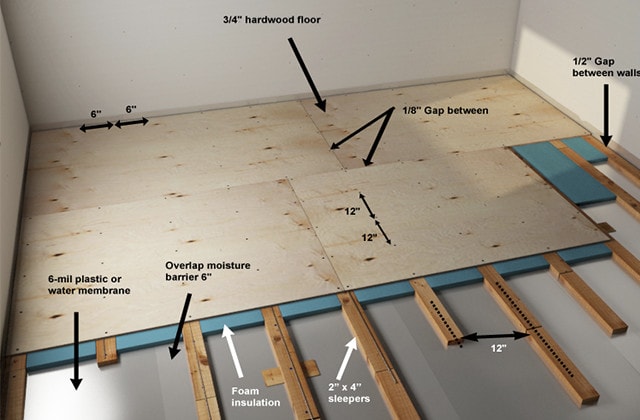According to the analyzed buildings of the world the floor to floor heights change between 3 73 m and 4 20 m with an average of 3 98 m table 4.
Acceptable floor height difference in commercial buildings.
Minimum ceiling height in these buildings must be 7 feet 6 inches in hallways common areas and habitable rooms.
Landings shall be level except for exterior landings which are permitted to have a slope not to exceed 0 25 unit vertical in 12 units horizontal 2 percent slope.
It must be in a location that is easily accessible the exit must have an area or.
This guide explains requirements in the ada standards for floor and ground surfaces.
The ansi a108 02 standards say that acceptable lippage for floor tiles with a grout joint width of 1 16 to less than 1 4 is 1 32 plus the allowable inherent warpage of the tile.
With the advent of low profile access floors primarily for cable management nearly any company with any office can benefit from this type of floor.
The international building code is used for commercial buildings and any building that contains more than two dwelling units such as apartment buildings.
If the grout joint width is 1 4 or greater then the allowable warpage is 1 16 plus the allowable inherent warpage of the tile.
Firmness stability and slip resistance 302 1 carpet 302 2 openings 302 3 changes in level 303 common questions.
The qualifications for an emergency exit are as follows.
As per obc the bedroom height should be 2 3 m over at least 50 of the required floor area.
For a commercial building that houses a small crowd from time to time i will recommend 4 meters with an.
3 meters for residential or private buildings sometimes 3 5meters if there are beams.
Building code requirements for floor levels are the absolute minimum designers can be conservative and provide a bigger difference.
The combined use of regular and special exits allows for faster evacuation while it also provides an alternative if the route to the regular exit is blocked by fire etc.
The extra 500 millimeters is to accommodate the beams.
There shall be a floor or landing on each side of a door.
Alternatively 2 1 m over 100 of the required floor area.
Trusses which permit the passage of ducts provide structural depth without increase in floor to floor height.
Specifications for floor and ground surfaces address surface characteristics carpeting openings and changes in level.
While quite practical in industrial applications commercial buildings cannot afford to lose several feet of floor to ceiling height.
According to ontario building code obc 2 3 m over at least 75 of the required floor area with a clear height of at least 2 1 m at any point over the required area.




























